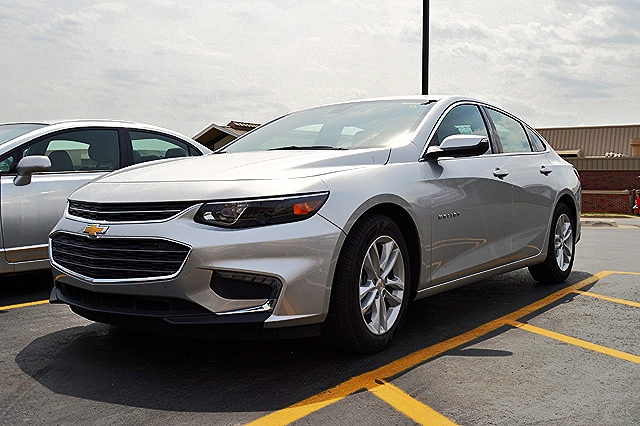Going to Miami for spring break should involve sunshine, sandy beaches, multiple pairs of sunglasses, and aside from a bad sunburn an overall a safe trip..
Mariah Michelle Logans’ Spring Break trip to Miami checked everything on this list, right up until she got in her car to drive home to Chicago. She and her friends were driving on State Road 112 on the way to the Miami International Airport at 4:43 am on March 17, 2019. According to the Miami Herald, Logan, 23, was “hanging out” of the right rear passenger window of a rented Hyundai, trying to capture every last moment of her memorable trip and yelled, “Bye, Miami,” out the window.. In these few seconds, Mariah fell out of the window and landed on the road. A Range Rover was driving behind the Hyundai and was in the process of merging into the lane to the right when Mariah fell out of her car and he crushed her to death. The driver of the Range Rover stopped when he ran over Mariah but then drove off.
Florida Highway Patrol (FHP) investigators are looking into whether or not alcohol was involved in this hit-and-run car crash. Unfortunately, highway surveillance cameras are making the investigation difficult because they only live-stream. The FHP also won’t say if there are any other witnesses other than the three other passengers in the Hyundai.
Mariah’s friends and family are understandably reeling from the loss. Her boyfriend, Ray Olden spoke to The Miami Herald saying, “She was just being silly. She loved life...She brought energy and life. She never looked at the bad.”
Car crash deaths are very unfortunate events. Car accidents are not 100% preventable. However, there are precautions that every passenger in a vehicle can take to help lessen the chance of getting into a car crash or to avoid serious car crash injuries. One such car accident prevention tactic is that passengers in a moving vehicle should never stick their bodies out of a vehicle window and should always stay seated with a seat belt strapped on. According to the The National Highways Traffic Safety Administration (NHTSA), “seat belt use in passenger vehicles saved an estimated 14,668 lives in 2016.”
It seems as though passengers do know the importance of wearing a seat belt since the NHTSA reported that the national use rate for seat belts is at 90.1%. However, like Mariah Logan, nearly 27.5 million people still don’t wear their seat belts and put their lives at risk. The NHTSA also mentions that, if passengers wear a seat belt, they may reduce their risk of fatal injuries by 45%. So, remember, seat belts save lives!
Wearing a seat belt can help keep passengers secure inside a moving vehicle. Neglecting to wear a seat belt can result in being ejected from the vehicle during a car crash accident, which may further lead to broken bones, traumatic brain injuries, and even death. The Michigan Law Firm, PC attorneys fight to seek justice and compensation for car crash injury victims.all us at 844.4MI.FIRM for a free legal consultation.



































